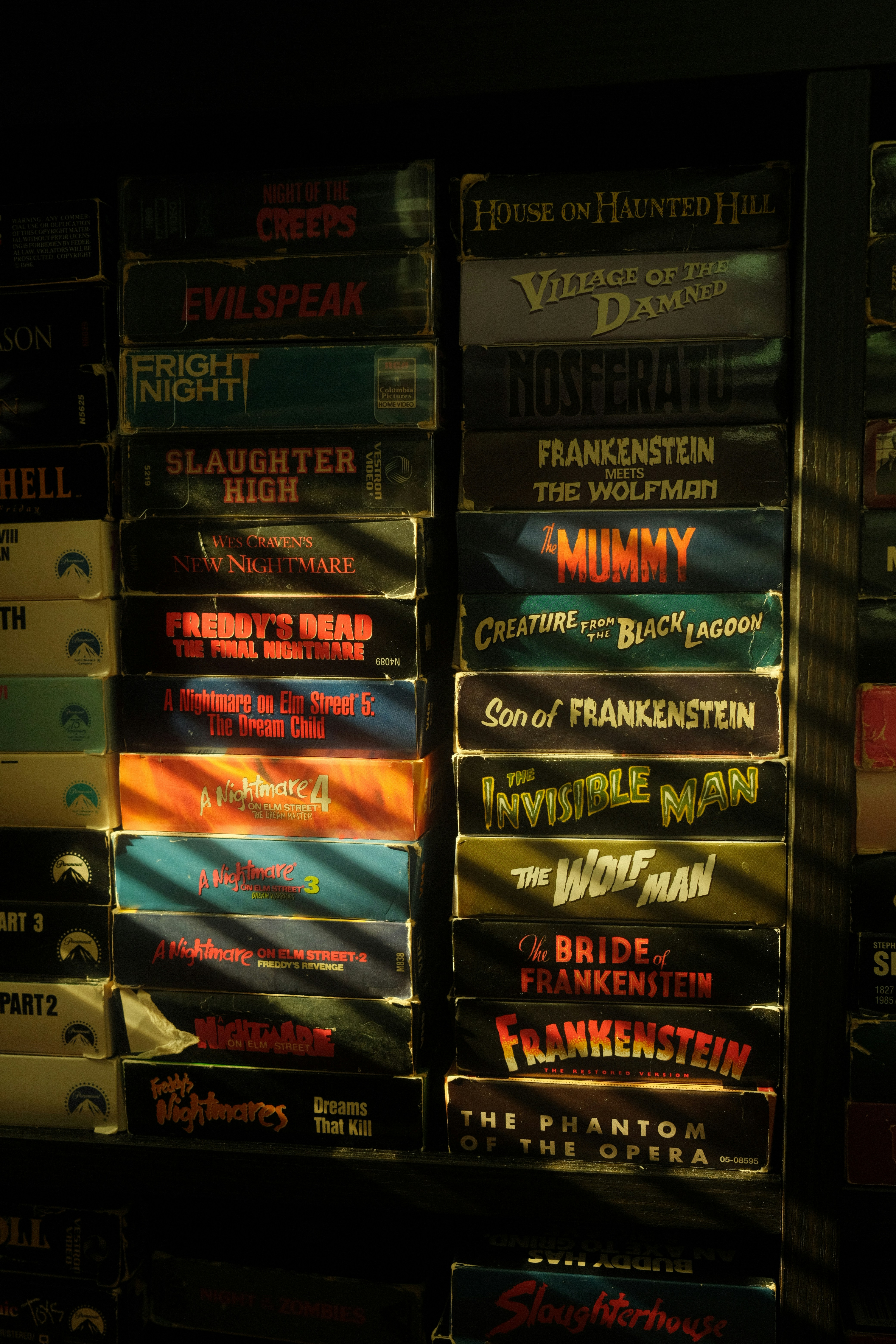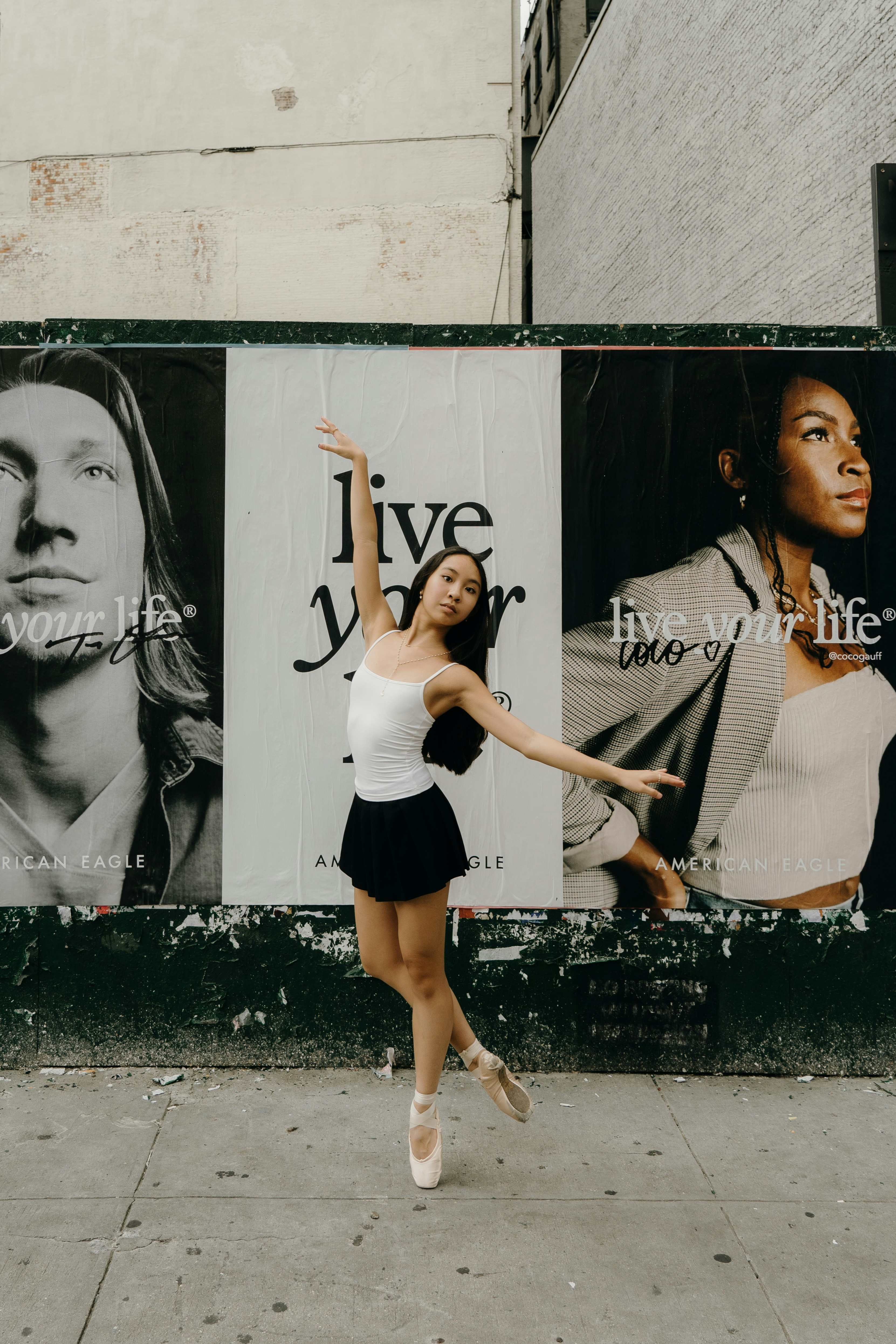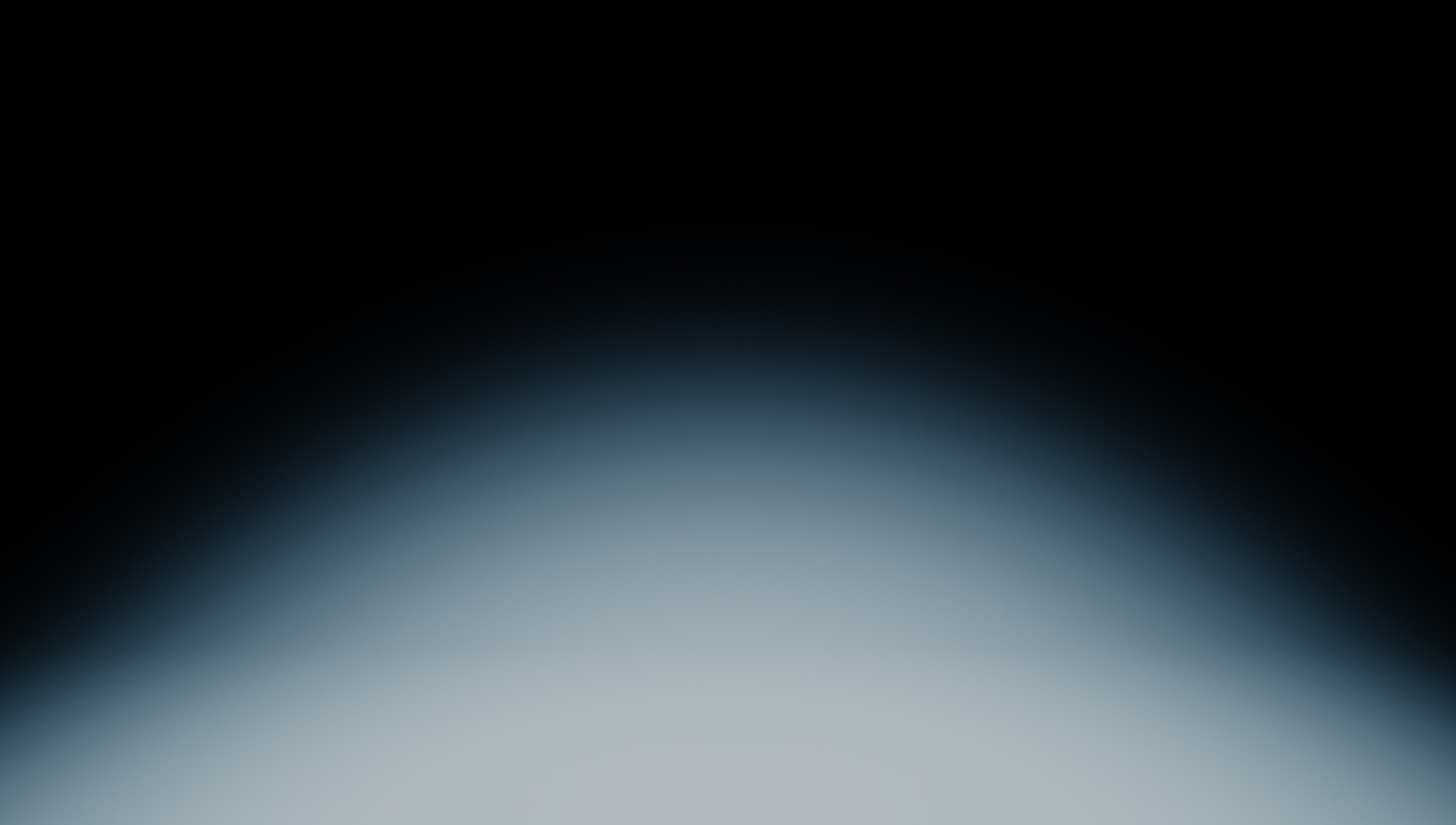2025 Web Design trends
Oct 10, 2024
/
Webdesign
As technology continues to evolve at a rapid pace, web design is also undergoing significant changes. By 2025, the landscape of web design will be shaped by new innovations, user behaviors, and aesthetic preferences. From highly immersive digital experiences to AI-driven personalization, staying ahead of these trends can help businesses create engaging websites that captivate users and enhance their online presence. Here’s a look at the web design trends expected to dominate in 2025.
Immersive and interactive experiences
One of the most prominent web design trends for 2025 is the shift towards creating highly immersive and interactive user experiences. With the rise of augmented reality (AR) and virtual reality (VR) technologies, more websites will integrate interactive elements that allow users to engage with content in new and exciting ways. These immersive experiences, such as virtual product try-ons or 3D environments, make websites more engaging and memorable, encouraging users to spend more time interacting with the brand.
Additionally, micro-interactions—small, subtle animations triggered by user actions—will become even more prevalent in web design. These interactions add a layer of responsiveness and interactivity to websites, enhancing the user experience by providing feedback and visual cues as users navigate through pages. Whether it’s a button changing color upon hover or a loading animation that entertains users during wait times, these design details will continue to elevate the overall user experience.
AI-driven personalization and automation
Artificial intelligence (AI) will play a key role in the web design trends of 2025, enabling more personalized and dynamic experiences for users. AI-driven personalization will allow websites to adapt content, layout, and even design elements in real-time, based on individual user preferences, behaviors, and needs. By leveraging data such as browsing history, location, and interaction patterns, websites can offer tailored content that feels more relevant and engaging to each user, ultimately boosting user retention and conversion rates.
Automation will also become more common in the design process itself. AI-powered design tools will assist web developers in streamlining the creation of websites, automatically adjusting layouts for optimal user experience across different devices and screen sizes. These tools will enable designers to experiment with creative ideas more efficiently, while maintaining functionality and user-friendly design principles.
Bold typography and minimalist aesthetics
Typography will continue to take center stage in web design, with bold, oversized fonts becoming a signature element of many websites in 2025. Bold typography not only captures attention but also communicates key messages more clearly and effectively, especially on minimalist websites where text can serve as the primary visual focus. Designers will experiment with custom fonts, variable fonts, and kinetic typography (animated text) to create more dynamic and visually appealing layouts.
Alongside bold typography, minimalist aesthetics will remain a popular design trend. Clean, uncluttered designs with ample white space allow key content to stand out while enhancing readability and usability. Minimalism in web design emphasizes simplicity, helping to create streamlined, user-centric experiences. The “less is more” approach will continue to influence layouts, with websites focusing on essential elements and functionality to ensure a seamless and intuitive user journey.
Sustainability and eco-friendly design
As environmental consciousness grows, 2025 will see a rise in sustainable web design practices. Designers will prioritize creating websites that are not only visually appealing but also optimized for energy efficiency and reduced carbon footprints. Eco-friendly design choices, such as lighter code, optimized images, and efficient hosting solutions, will reduce the energy consumption of websites, aligning with the growing trend of digital sustainability.
Moreover, this shift towards sustainability will extend beyond technical aspects to influence the aesthetic choices of web design. Expect to see more eco-conscious visuals, including natural color palettes, organic shapes, and imagery that reflects a connection to the environment. Businesses will use their web design to communicate their commitment to sustainability, fostering trust and credibility with eco-conscious consumers.
Conclusion
The web design trends of 2025 will be shaped by technology, user expectations, and a growing emphasis on sustainability. Immersive experiences, AI-driven personalization, bold typography, and minimalist designs will be at the forefront, offering users highly engaging and intuitive online interactions. As businesses adapt to these trends, they will be able to create more dynamic and responsive websites that not only capture attention but also drive deeper user engagement and satisfaction.




